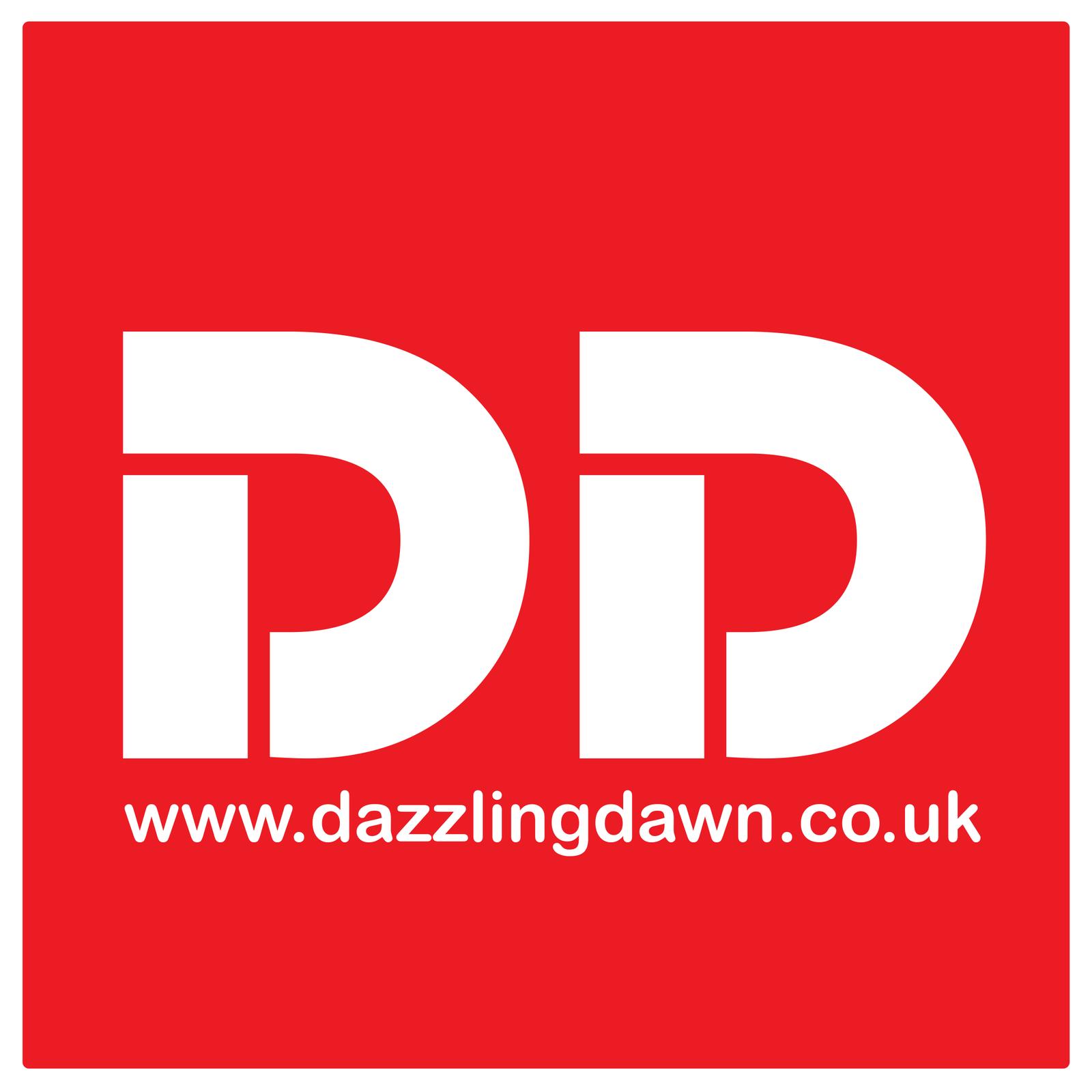France, a nation celebrated for its commitment to laïcité – a unique form of secularism – is once again at the epicenter of a passionate debate surrounding religious expression in public spaces. Recent proposals by President Emmanuel Macron's Renaissance party to ban the Muslim headscarf (hijab) for minors under 15, coupled with discussions on "political Islamism," have ignited strong reactions both within France and internationally. Critics argue these measures risk further alienating France's significant Muslim population and fuel a concerning rise in Islamophobia.
The proposed ban on the hijab for minors, alongside a "criminal offence for coercion against parents forcing their underage daughters to wear the veil," is framed by the Renaissance party as a move to uphold "gender equality and the protection of children." This comes amidst a government security meeting that discussed a report warning of the Muslim Brotherhood's alleged "threat to national cohesion" in France. While the Elysee Palace has stated measures will be taken, some remaining classified, the Federation of Muslims of France (FMF) has strongly denounced what it calls "unfounded accusations" and a "dangerous" conflation of Islam with radicalism.
The FMF's statement highlights a crucial point: "Even unintentional conflations between Islam, political Islamism and radicalism are not only dangerous but counterproductive for the Republic itself." This sentiment resonates deeply with many who observe France's approach to religious symbols. France's long-standing principle of laïcité prohibits conspicuous religious symbols for civil servants, teachers, and pupils in public buildings, including schools. This has previously led to bans on various religious expressions, including the abaya in 2023.
However, critics, including hard-left firebrand Jean-Luc Melenchon, who stated "Islamophobia has crossed a line," argue that these policies disproportionately target Muslim communities. France is home to the largest Muslim population in Western Europe, estimated at around 5.7 million people, constituting approximately 8.8% of its total population (Pew Research Center, 2017 estimates). For many of these Muslims, the hijab is a deeply personal expression of faith, a choice rooted in their identity and connection to Allah. Islamic scholars and community leaders often emphasize that the decision to wear the hijab should stem from conviction, not coercion. Forcing a ban on young girls, it is argued, infringes upon individual freedoms and can be seen as undermining their right to religious expression.
The complexities of this debate are manifold. While the French government cites national security concerns and a desire to combat extremism following a string of jihadist attacks, many feel that targeting visible symbols of religious identity only serves to further stigmatize and marginalize an entire community. The fear is that such measures, rather than fostering integration, might instead breed resentment and further division.
As France, home to one of the largest Muslim populations in the EU, navigates these sensitive issues, the emphasis on dialogue, understanding, and upholding fundamental human rights becomes paramount. The challenge lies in safeguarding national values without inadvertently undermining the religious freedom and identity of a significant portion of its citizenry.
The continued push for such bans also stirs deep anxiety among Bangladeshi Muslims in Europe and France, who, like many other Muslim communities, fear the erosion of their religious freedom and the increasing pressure to conform to a secular ideal that may not fully accommodate their deeply held beliefs.








.svg)




_6.jpg)